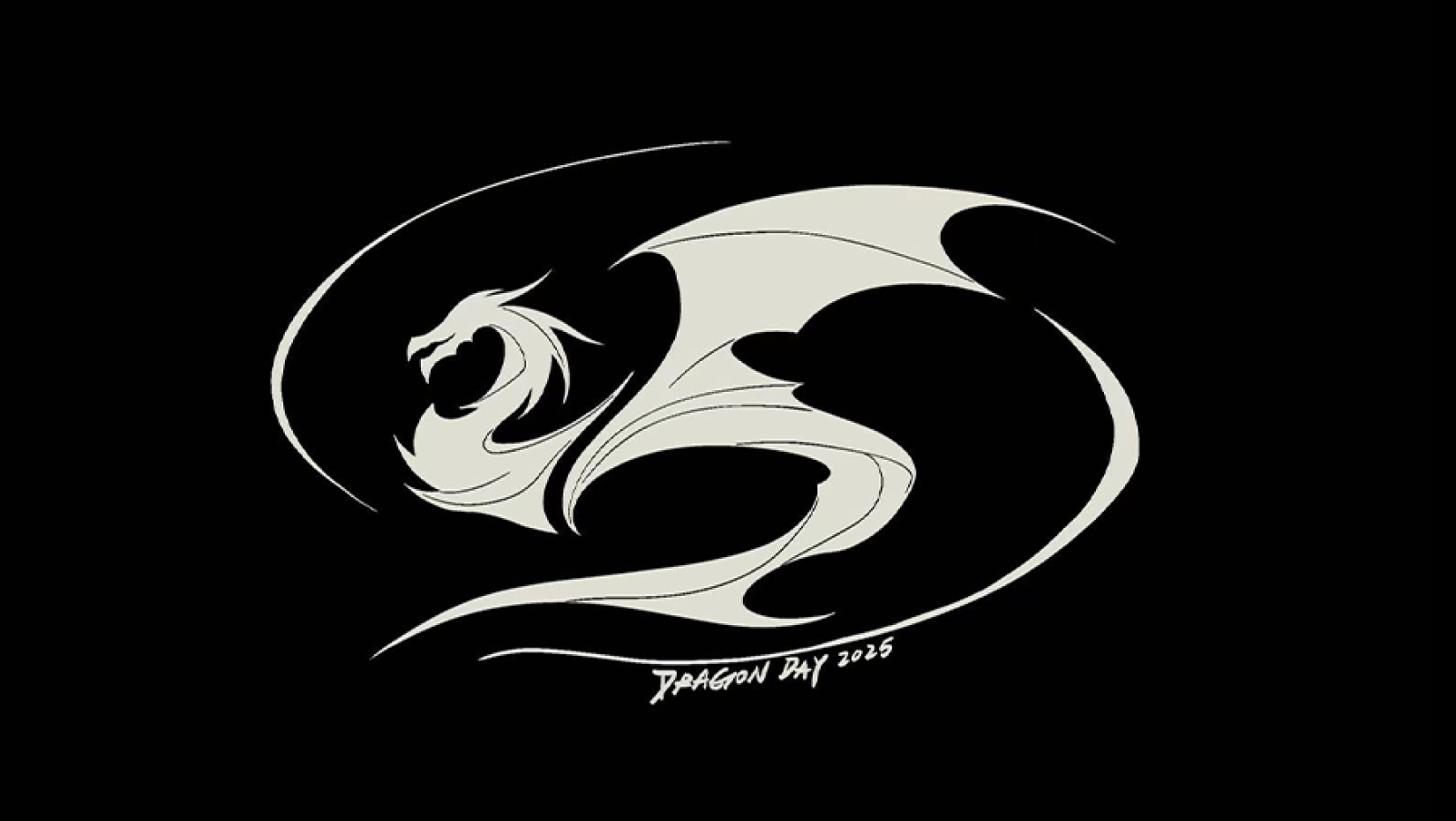Dragon Day
Every year, in a tradition that goes back more than 100 years, an enormous dragon created by first-year architecture students parades across campus. Accompanied by AAP students in outrageous costumes, the dragon lumbers to the Arts Quad where it does battle with a phoenix created by rival engineering students. This rite of spring is one of Cornell’s best-known traditions.
History of Dragon Day
The idea of Dragon Day is credited to Cornellian Willard Dickerman Straight '01, who believed that there should be a distinctive College of Architecture Day. At the time, he chose St. Patrick's Day and the first College of Architecture Day was celebrated with the hanging of orange and green banners (orange to appease the campus's Protestant population), shamrocks, and other thematic decorations on Lincoln Hall, which at the time housed the College of Architecture. Later, the additional theme of celebrating St. Patrick's success in driving the serpents out of Ireland became attached to the holiday.
How the first parade evolved into a well-known and celebrated rite of spring for the first-year architecture class — ending with the burning of the dragon on the Arts Quad, a tradition that has since been abandoned — has not been revealed. Dragon Day as it is celebrated today (with an actual constructed dragon, and the associated ceremonies) evolved sometime in the 1950s when the serpents previously used "grew up." Though history also isn't clear when the actual phrase "Dragon Day" was introduced, speculation suggests that it might have also been in the 1950s. Prior to this time, the holiday was still celebrated as primarily College of Architecture Day, and the theme was less focused around the dragon.
The rivalry between the architecture and the engineering students before and during Dragon Day celebrations seems to have simply developed through history, and is now embodied through engineering students' construction of a creature to challenge the dragon symbolically — specifically, a phoenix.
For several decades, Dragon Day was celebrated either on St. Patrick's Day, or immediately before Spring Break — whichever date happened first. When a new academic calendar was introduced in 2013, Spring Break moved later into the month of March and Dragon Day is now routinely celebrated the day before students leave campus for a week in late March.
History is excerpted from the University Archives.





